
George Enescu (1881 - 1955)
In the vast Eastern European diaspora of 20th Century music, few composers can claim the audacity and originality of George Enescu. Born to a middle class family in 1881 in Liveni, a small Romanian village 400 kilometres from Bucharest, Enescu was barely in his teens when he commanded the attention of Europe’s musical aristocracy as a virtuoso violinist. A versatile polymath from childhood, he was only seven years old when he enrolled at the Vienna Conservatory, making his debut the next year in Romania. In 1895 he entered the Paris Conservatory, where he cultivated his compositional gifts as a student of Fauré and Massenet, astounding all who knew him with his consummate virtuosity at the piano, cello, and organ as well. The Colonne Orchestra, one of the most highly regarded ensembles of the day, gave the Paris premiere of his first major composition, Poème roumain, a work that brought him lifelong fame in his native land and the abiding respect and recognition of the international musical community.
As a conductor and violinist he made several international tours after the end of World War I. In 1933 the New York Philharmonic nominated him to take over its helm from Toscanini in (the position went to Barbirolli). He was a champion of contemporary music other than his own, having participated as a pianist in the first performance of Stravinsky’s Les Noces. Accompanied by their composers, he performed the Fauré, Bartók, Strauss, and Ravel violin sonatas, the latter of which he premiered. As a pianist he played four-hand piano music with Fauré, performed Shostakovich with Daniil Shafran, and collaborated with Saint-Saëns, Thibaud, and Richard Tucker; as an orchestral violinist, he performed Brahms’s First Piano Concerto with the composer at the piano.
For nearly a half century the name Enescu was on the lips of every major concert artist. Among them were his classmate at the Conservatoire, Alfred Cortot, his godson Dinu Lipatti; Gustav Mahler, his student Yehudi Menuhin, David Oistrakh, and Clara Haskil, to name only a few. Fleeing Romania’s communist regime for the west, he spent his later years in exile, teaching privately in Paris and at the Mannes College in New York, where many of the most celebrated violinists of the day competed to become his students. His farewell concert with the New York Philharmonic featured him as violinist and conductor. In 1954, Enescu suffered a stroke that paralysed him. He died a year later.
Listen to ENESCU – COMPLETE WORKS FOR SOLO PIANO on Spotify

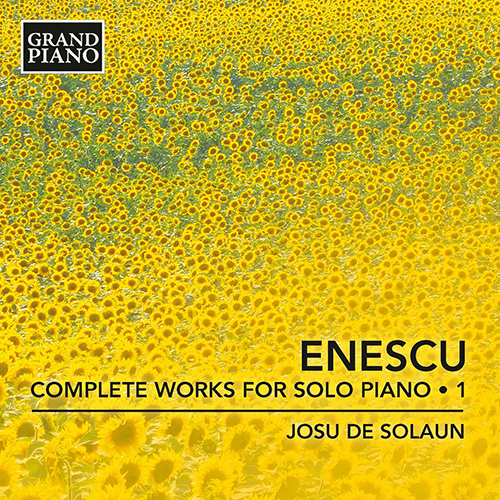
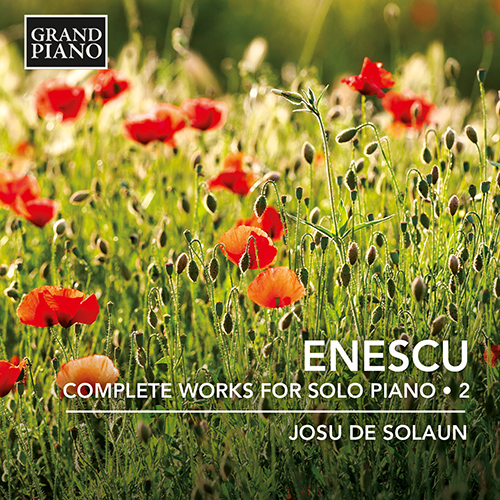
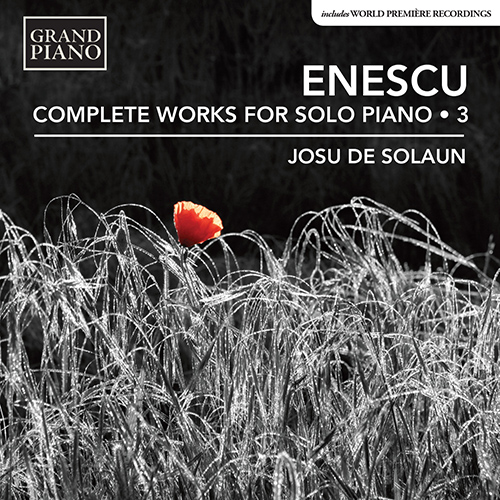
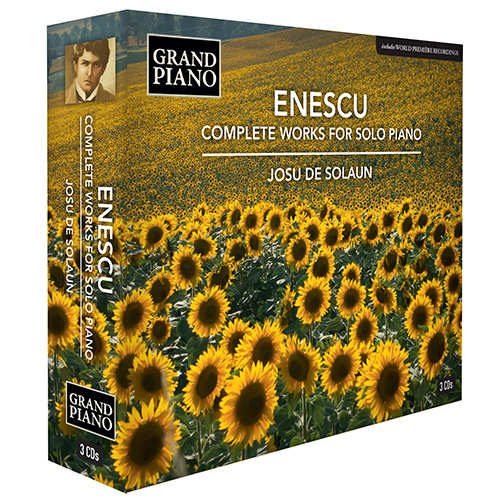
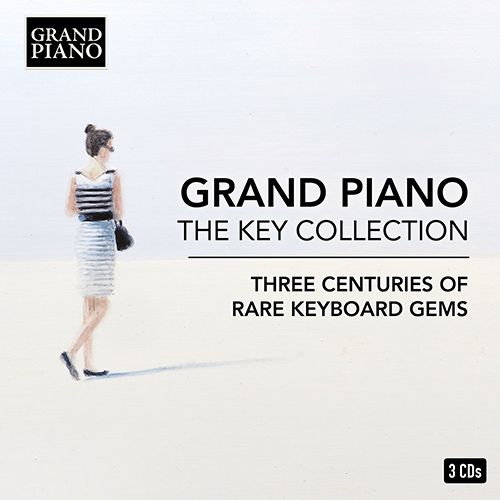
 Grand Piano has gained a reputation for producing high quality recordings of rare keyboard gems. Dedicated to the exploration of undiscovered piano repertoire, the label specialises in complete cycles of piano works by many lesser-known composers, whose output might otherwise have remained unknown and unrecorded.
Grand Piano has gained a reputation for producing high quality recordings of rare keyboard gems. Dedicated to the exploration of undiscovered piano repertoire, the label specialises in complete cycles of piano works by many lesser-known composers, whose output might otherwise have remained unknown and unrecorded.






